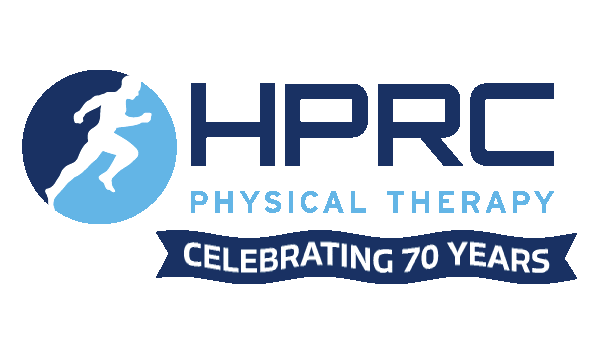For many women, basic acts like sneezing, coughing and even laughing can trigger bladder leakage. It’s an embarrassing nuisance, but the good news is that physical therapy is an effective tool for eliminating and improving this condition.
About half of all women say they have experienced urine leakage at some point in their lives, and for some, it’s a daily event. The culprit is often weak muscles in the pelvic floor, or pelvic floor dysfunction (PFD). Certain acts like coughing, laughing bending or high impact exercise push on the bladder, but the pelvic muscles are not strong enough to push back and prevent leakage. This is called stress incontinence. Women of all ages experience this type of incontinence. We’re not talking about mental stress, but physical stress to the pelvic floor. That’s why women who have experienced pregnancy and delivery, or who may be carrying extra weight are at greater risk for experiencing this kind of bladder leakage. Athletes that engage in heavy impact exercise, running and jumping are also at risk. Older women may experience bladder leakage due to reduction in hormone levels and age-related muscular changes, but aging itself is not a cause of stress incontinence.
So, how can physical therapy help? The short version is we strengthen the pelvic floor muscles, a group of muscles that attach from the pubic bone in the front of the body to the tailbone behind. These muscles, resembling a hammock, are intricate and incredibly important, and it’s easy to take them for granted. Most of us have thought about toning our deltoids, glutes and quads, but have we considered strengthening our pelvic floor? We should.
A physical therapist who specializes in PFD will develop a targeted plan that will strengthen the pelvic floor and reduce and even eliminate bladder leakage. Such a plan goes beyond telling a woman to “just do Kegels,” the pelvic exercises developed by Dr. Arnold Kegel in 1948. Kegels are helpful, but they are not one size, fits all, since every woman is unique. Moreover, not all women understand how to perform this exercise correctly. About 51% cannot do a Kegel correctly with verbal instructions alone.
Kegels are just part of our approach. Physical therapists deliver a comprehensive program for strengthening the pelvic floor, followed up with customized at home exercises tailored to each patient’s therapy goals.
The National Association for Continence (NAFC) website reports it takes an average of seven years – seven! – before a woman will discuss bladder problems with her physician. Don’t wait. Physical therapy is a non-invasive, highly effective tool in resolving this issue.
Visit our Women’s Health page to learn more about other services offered for conditions specific to women.



